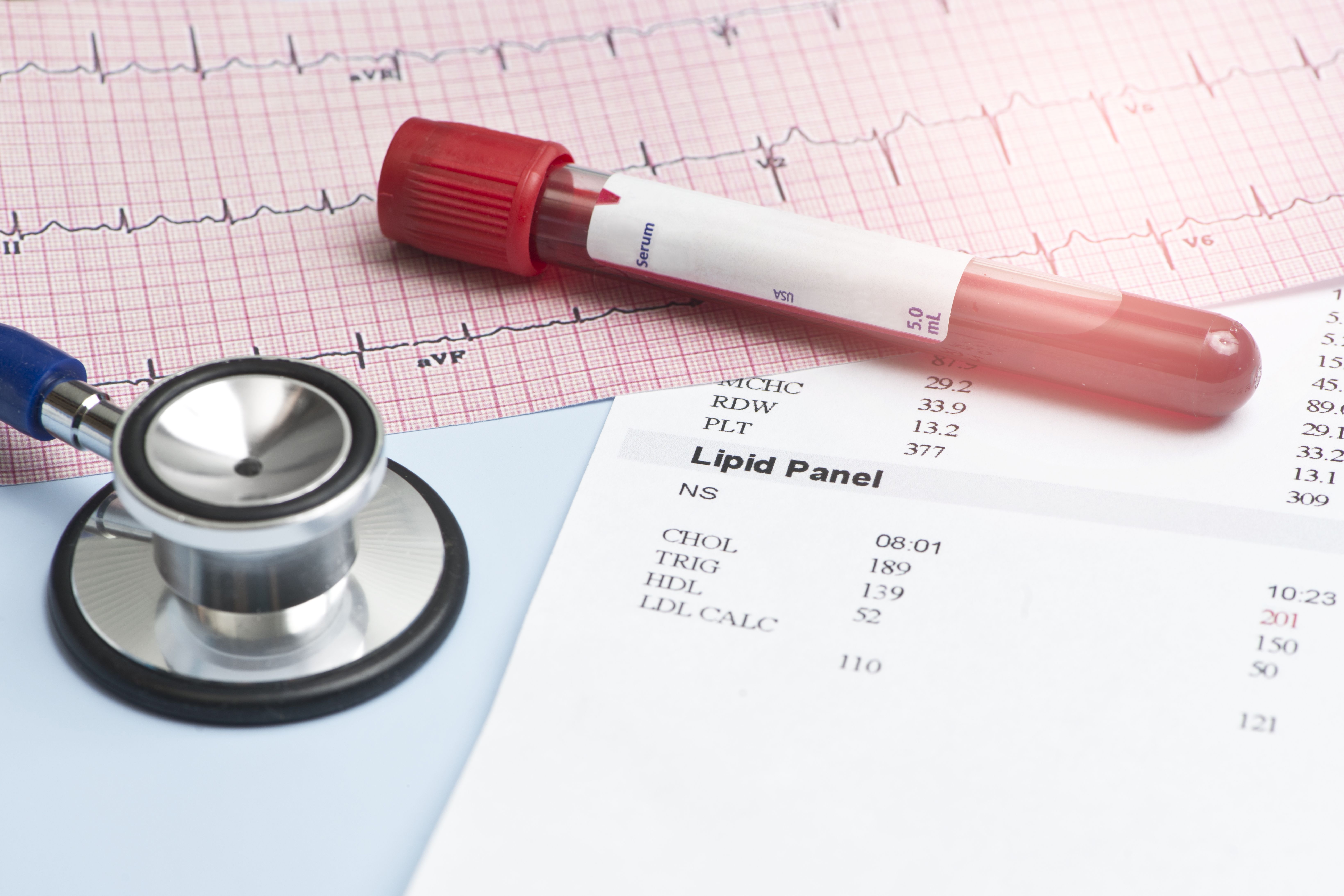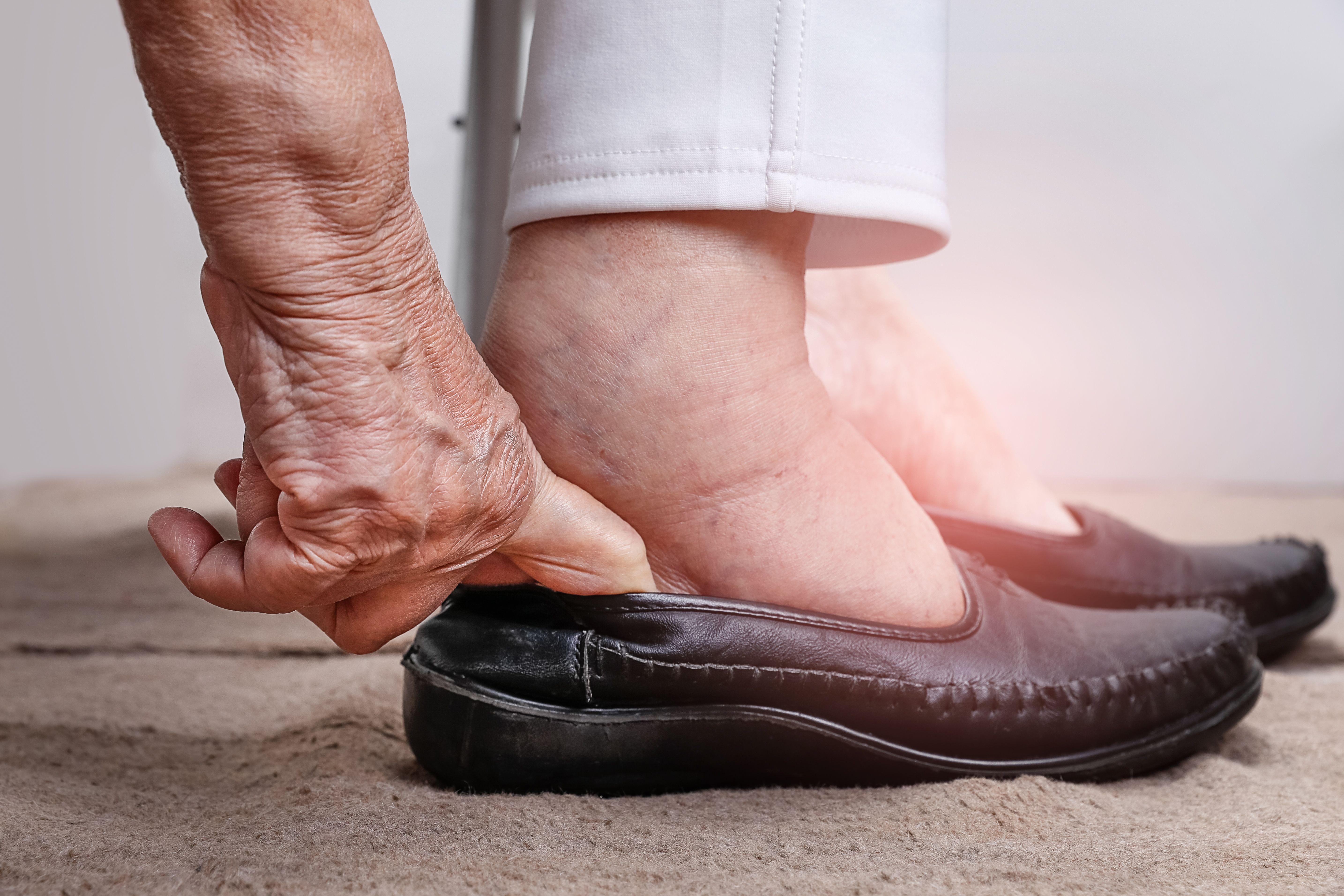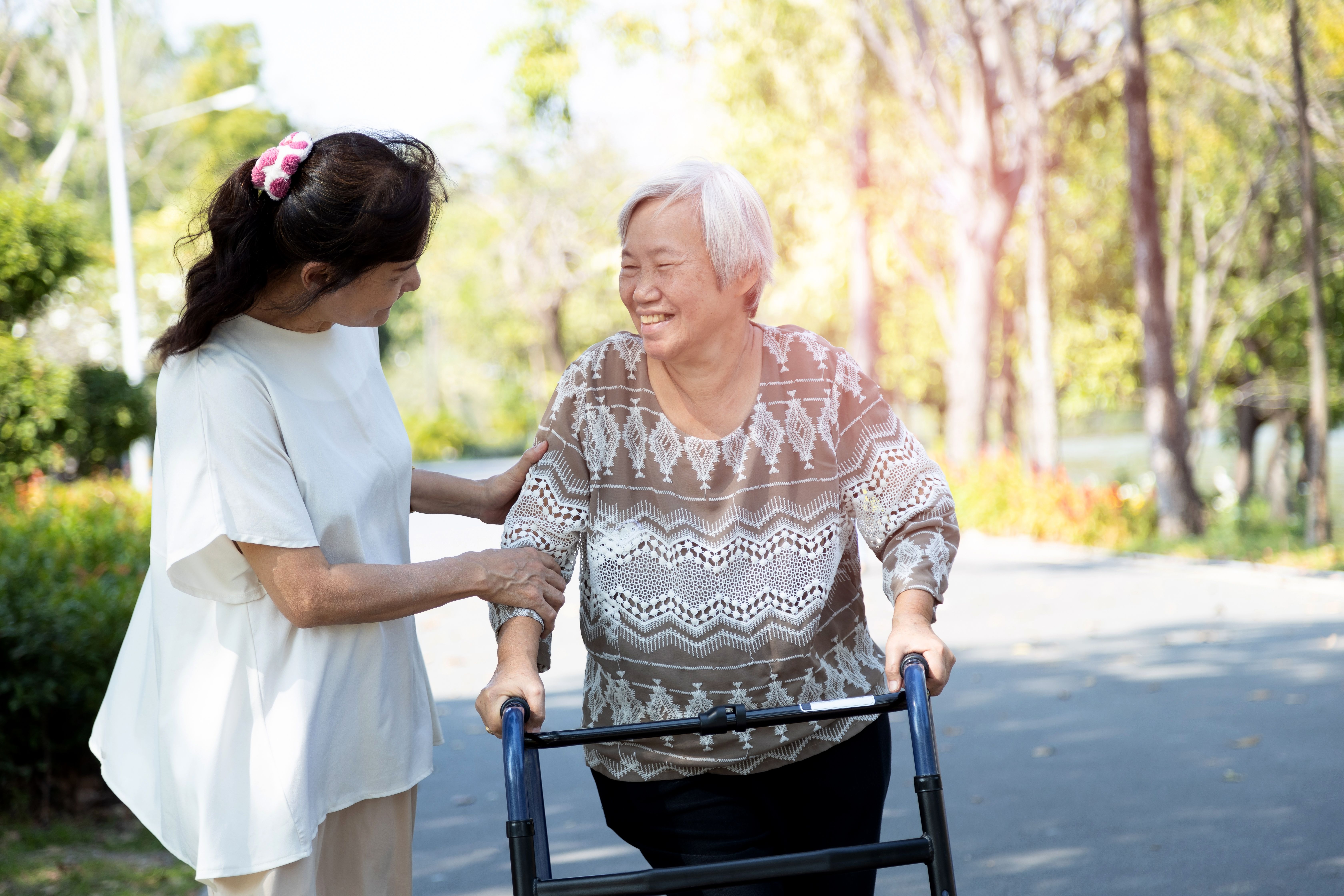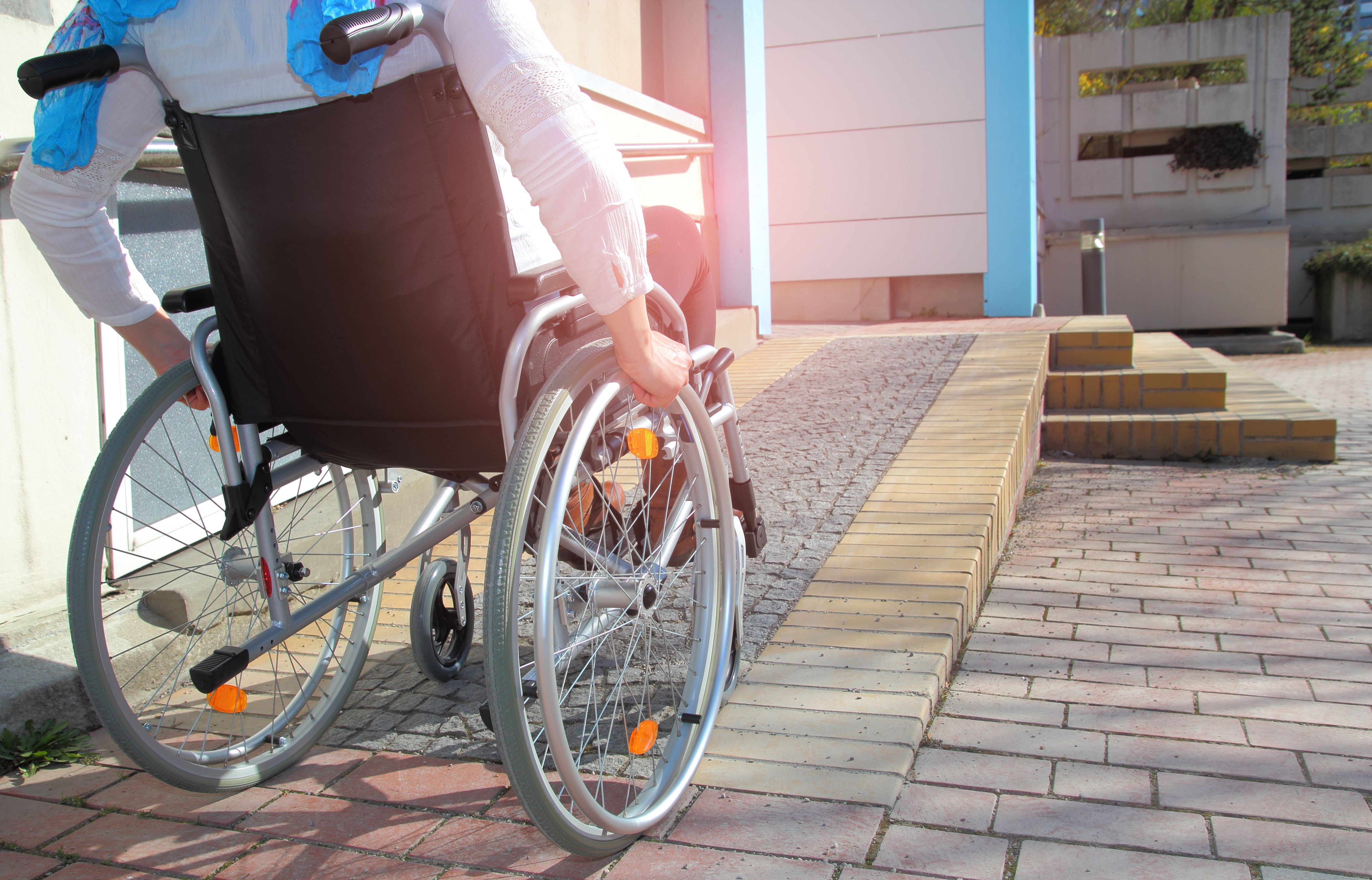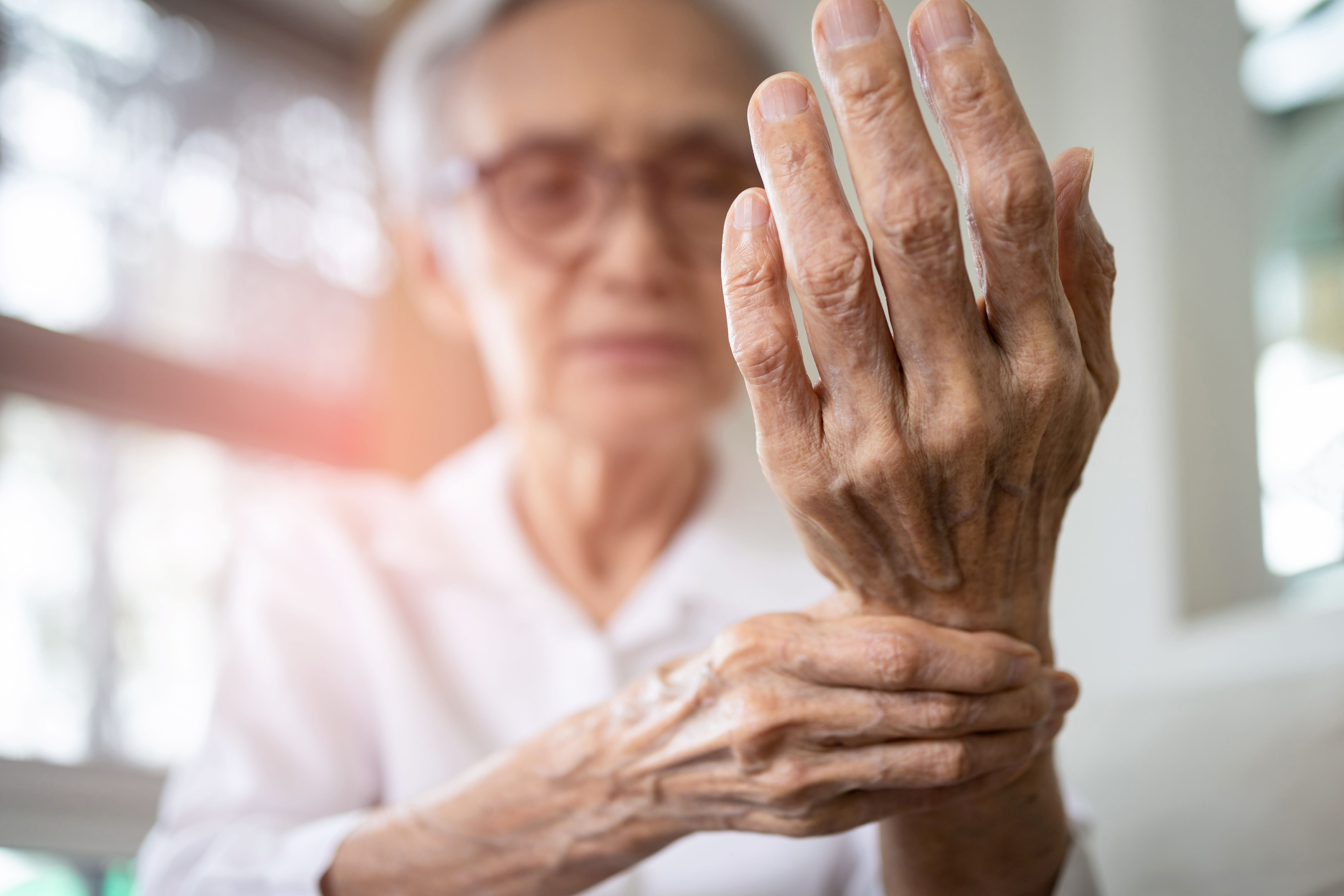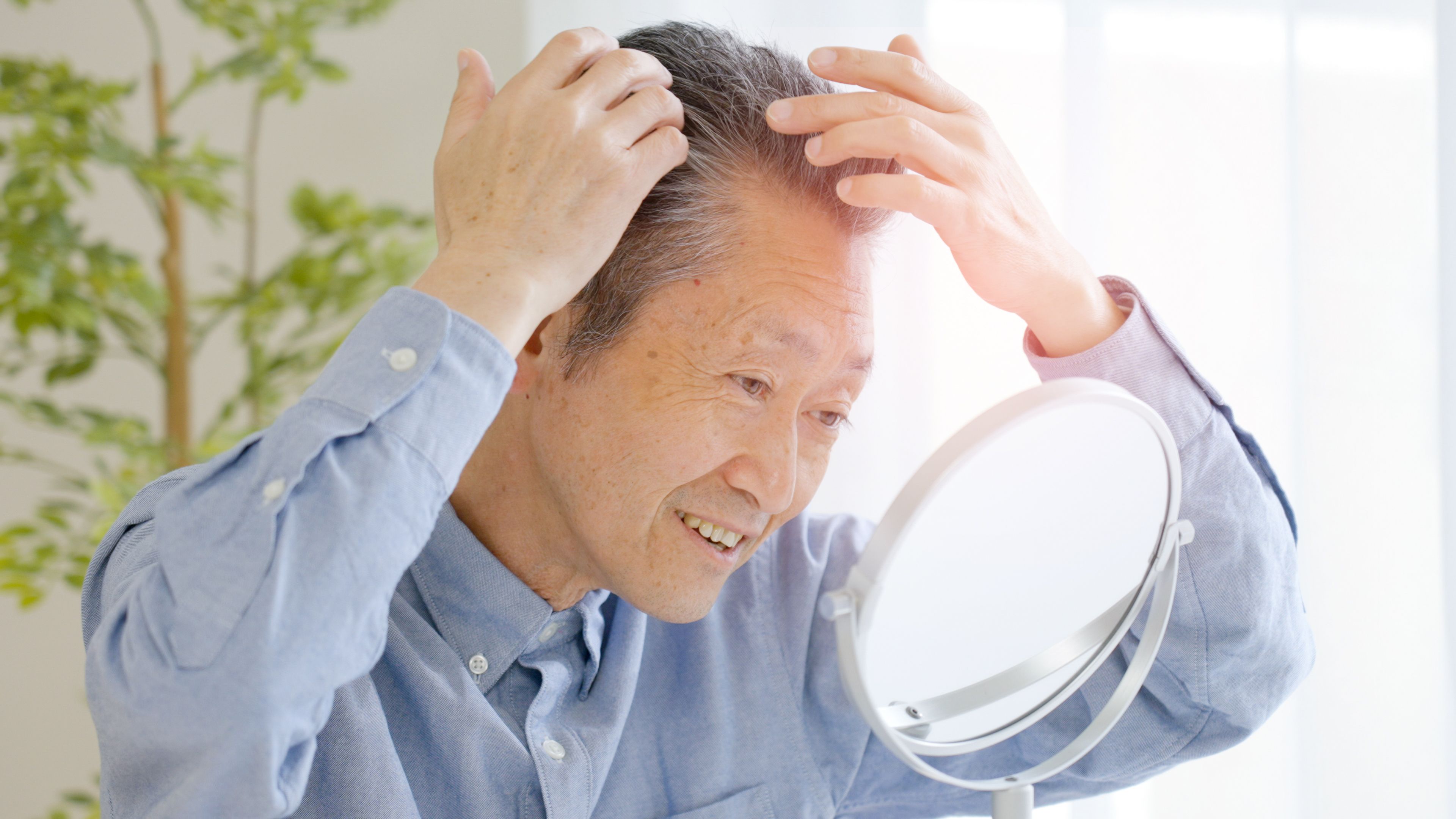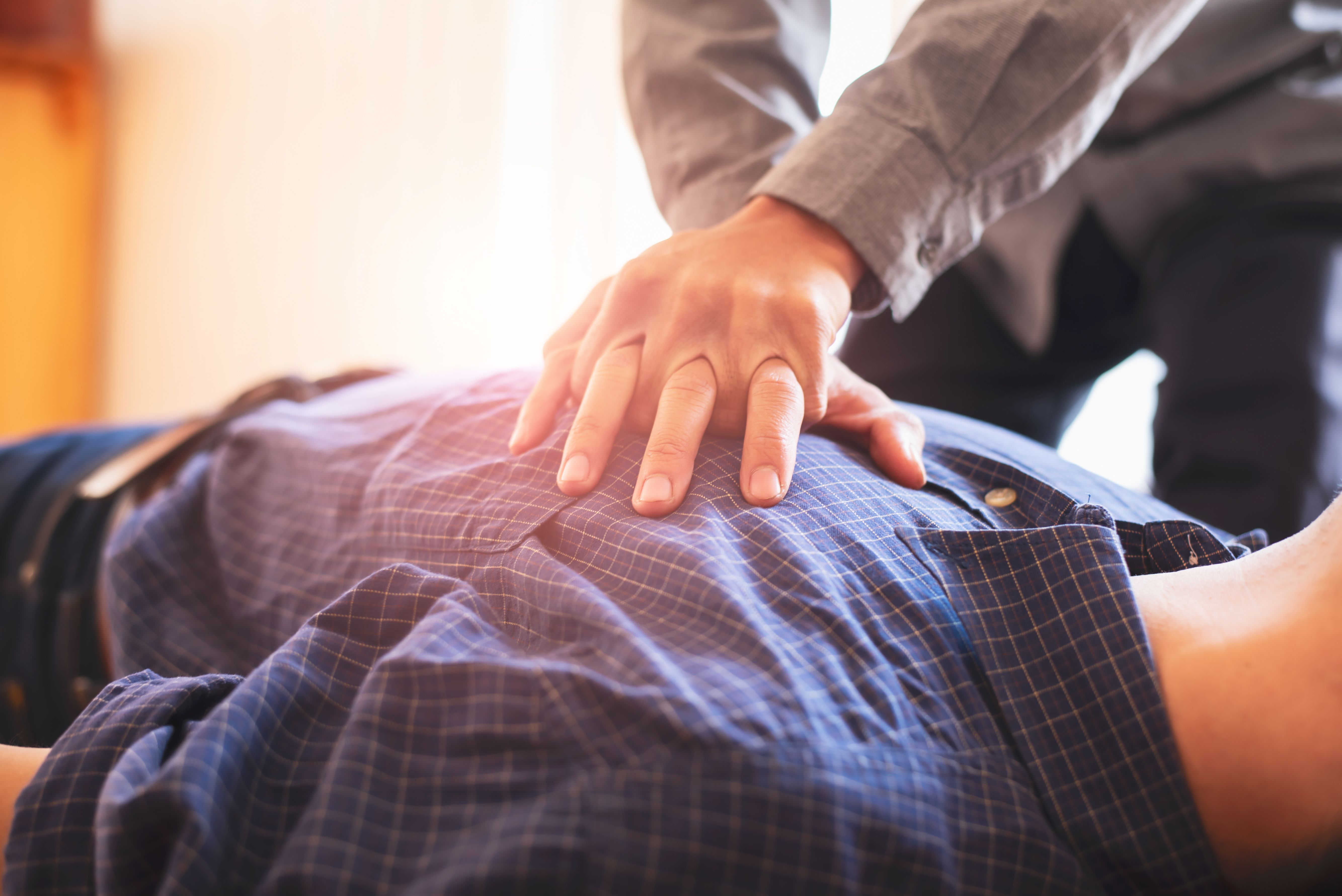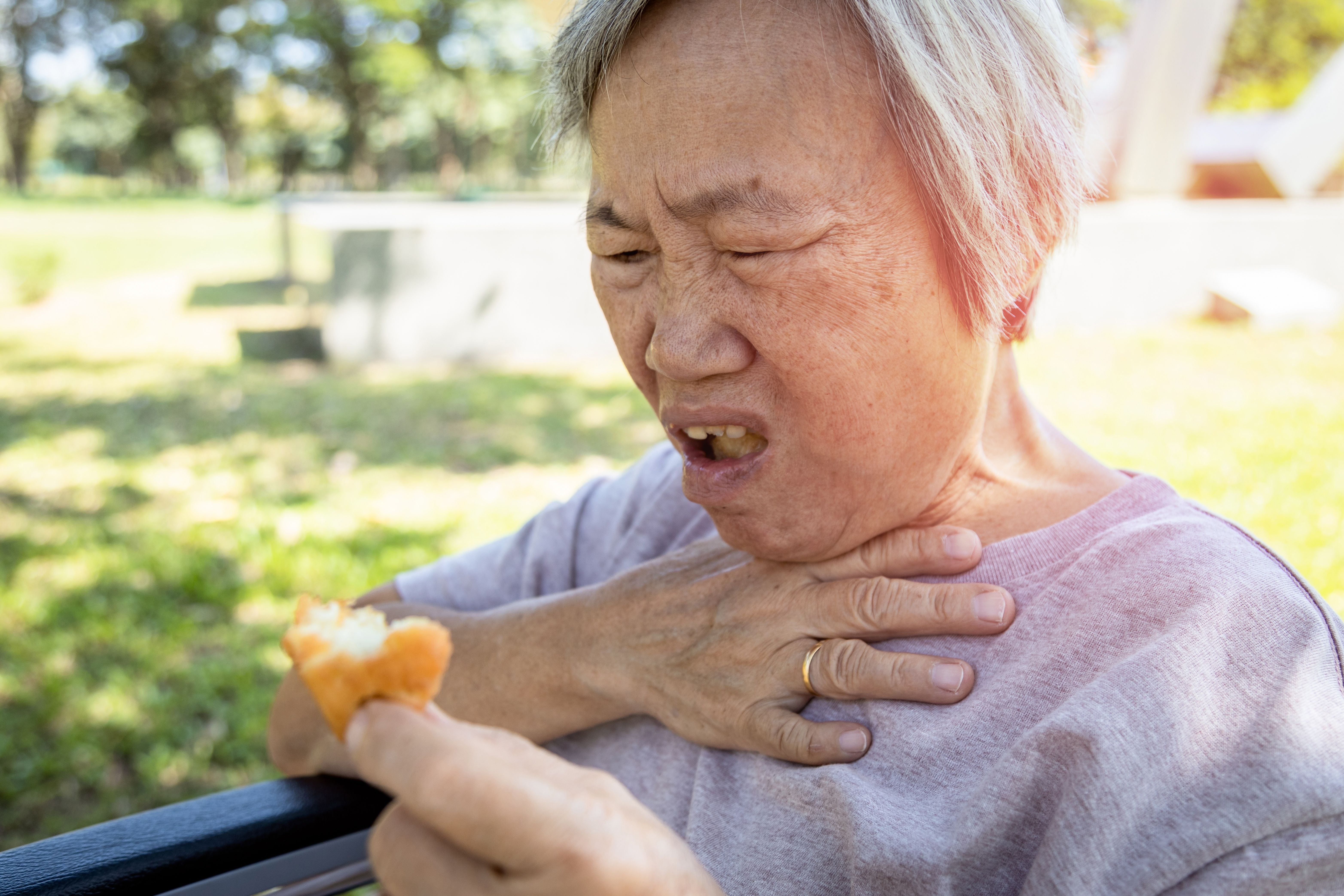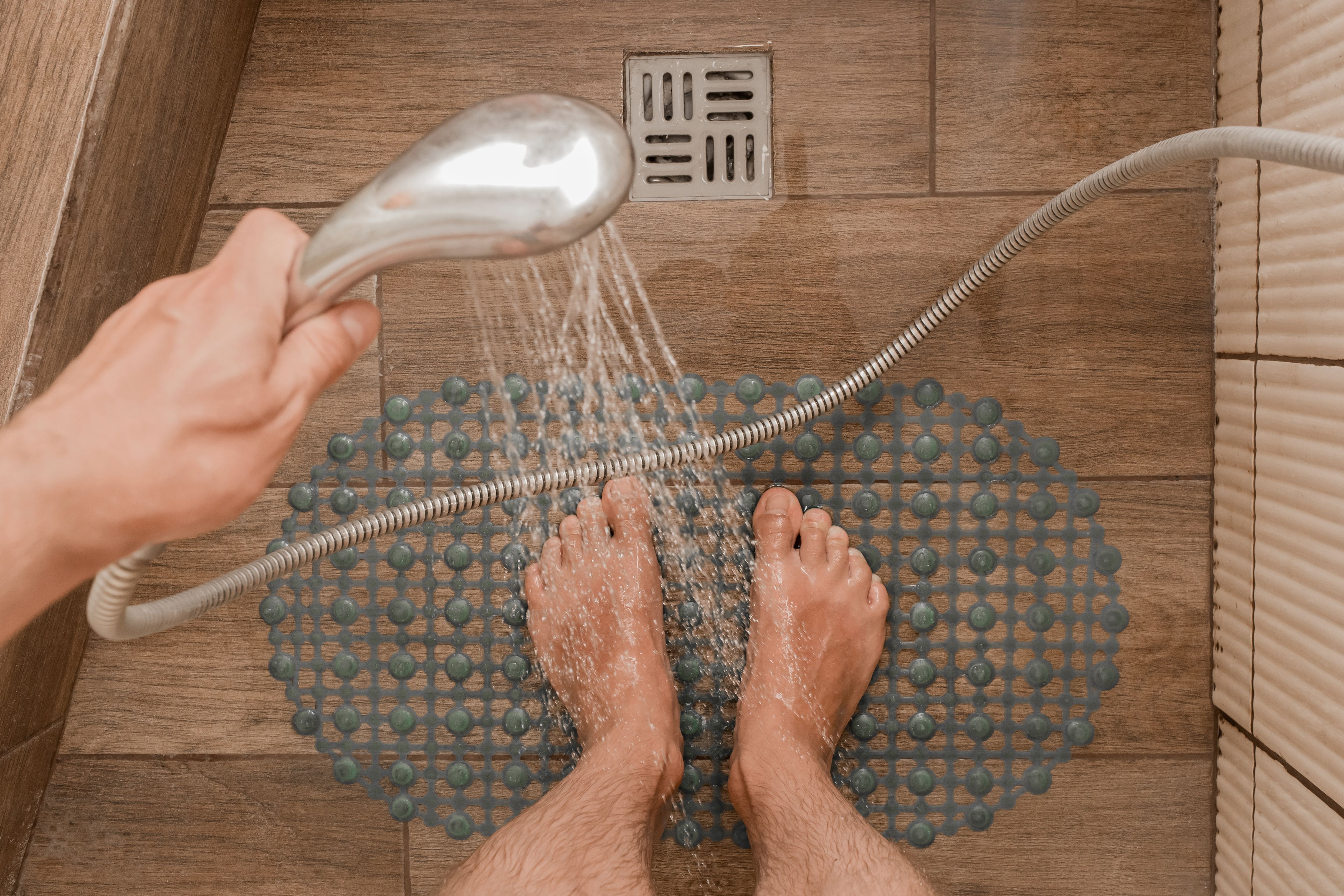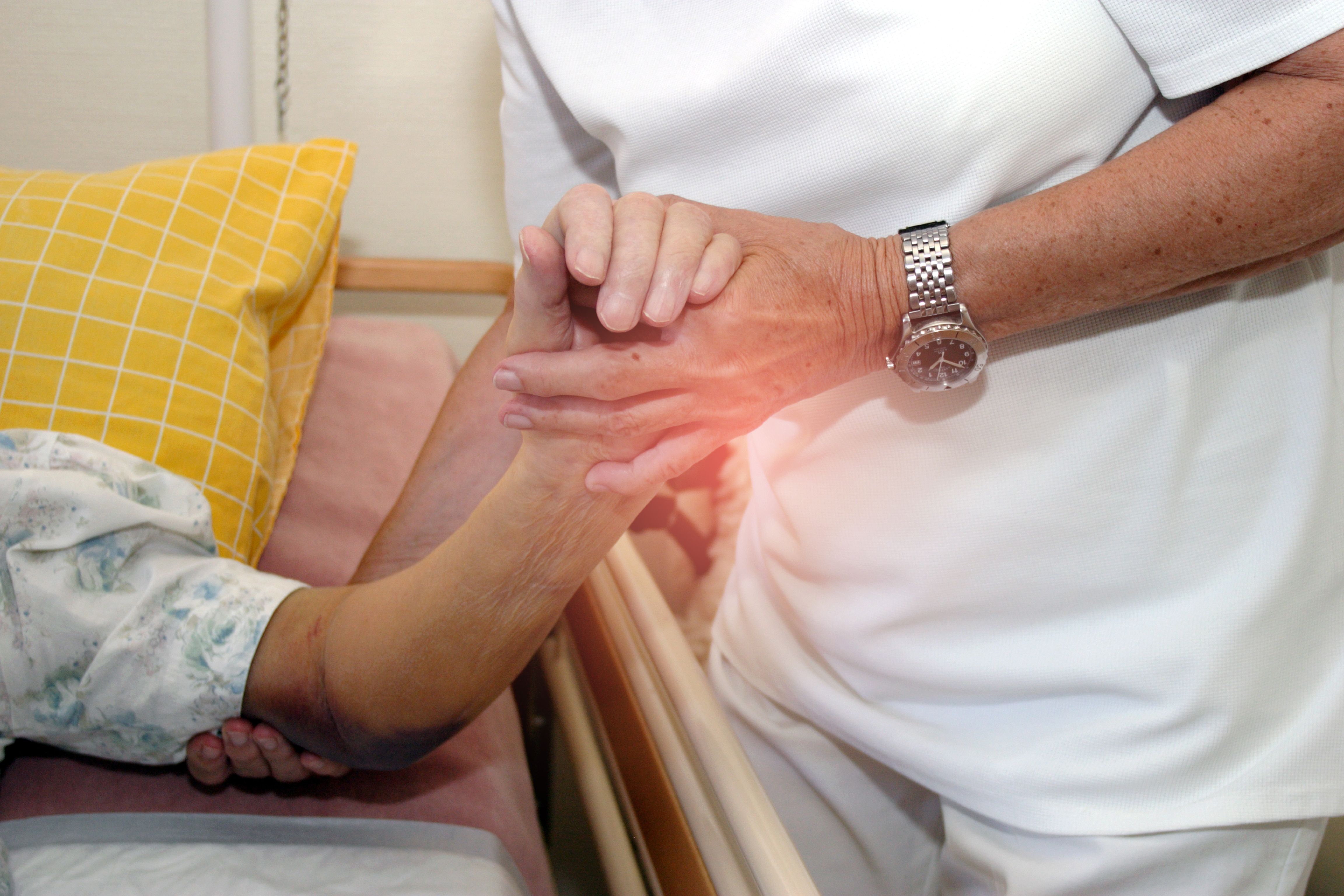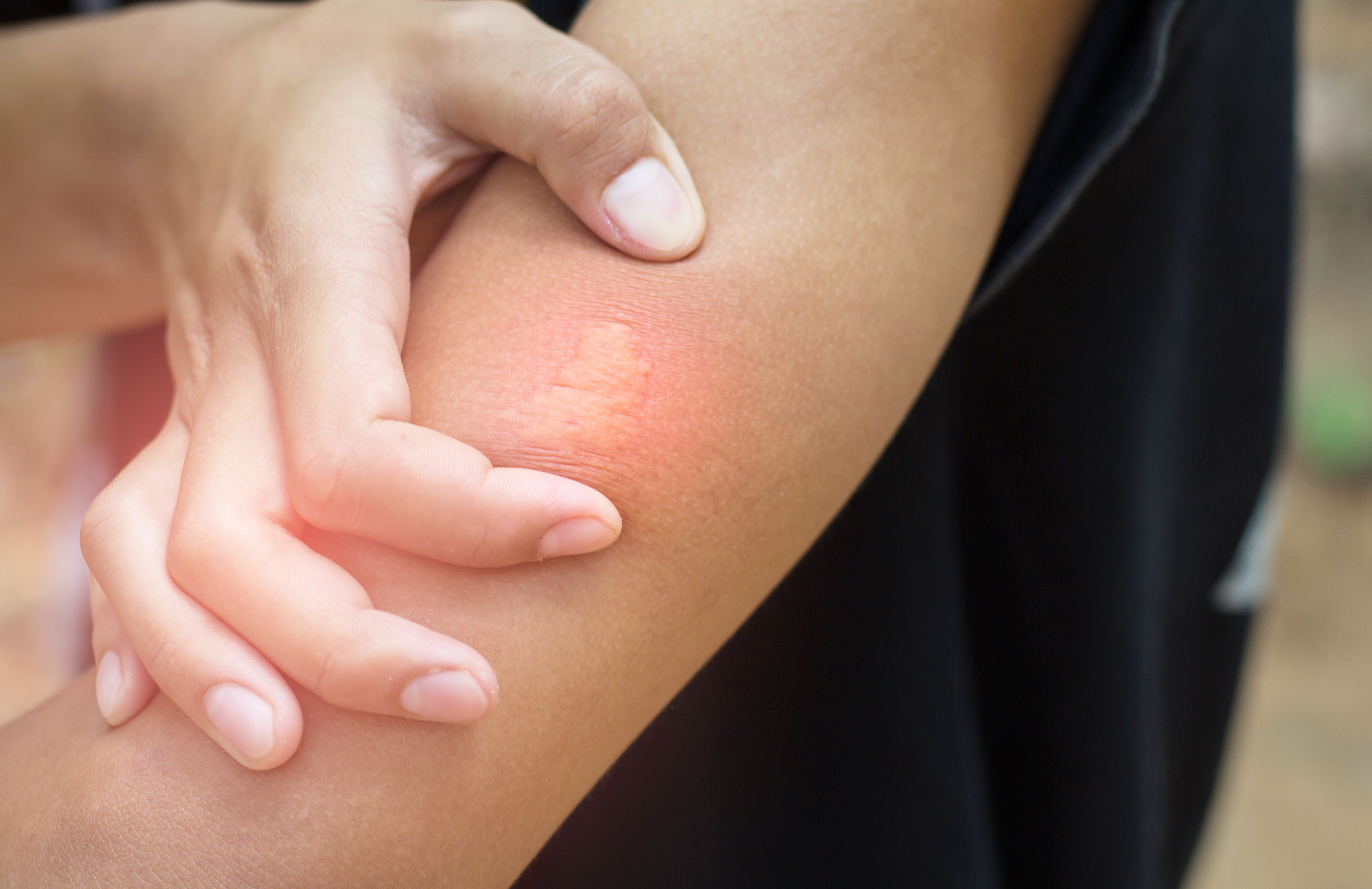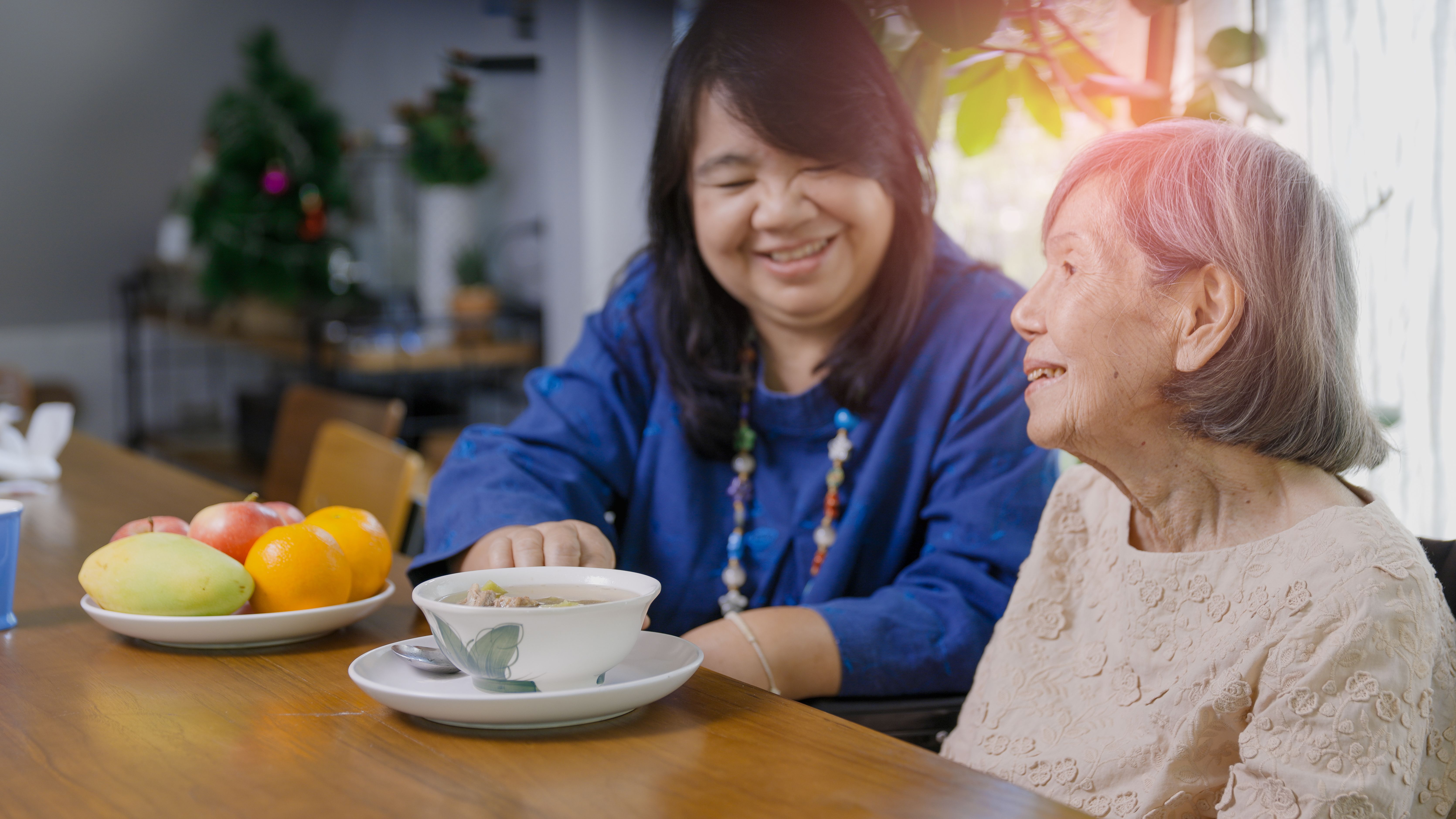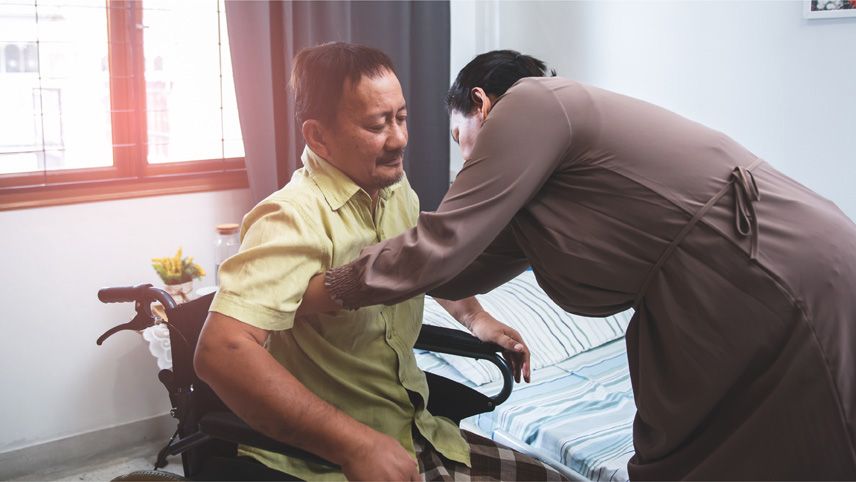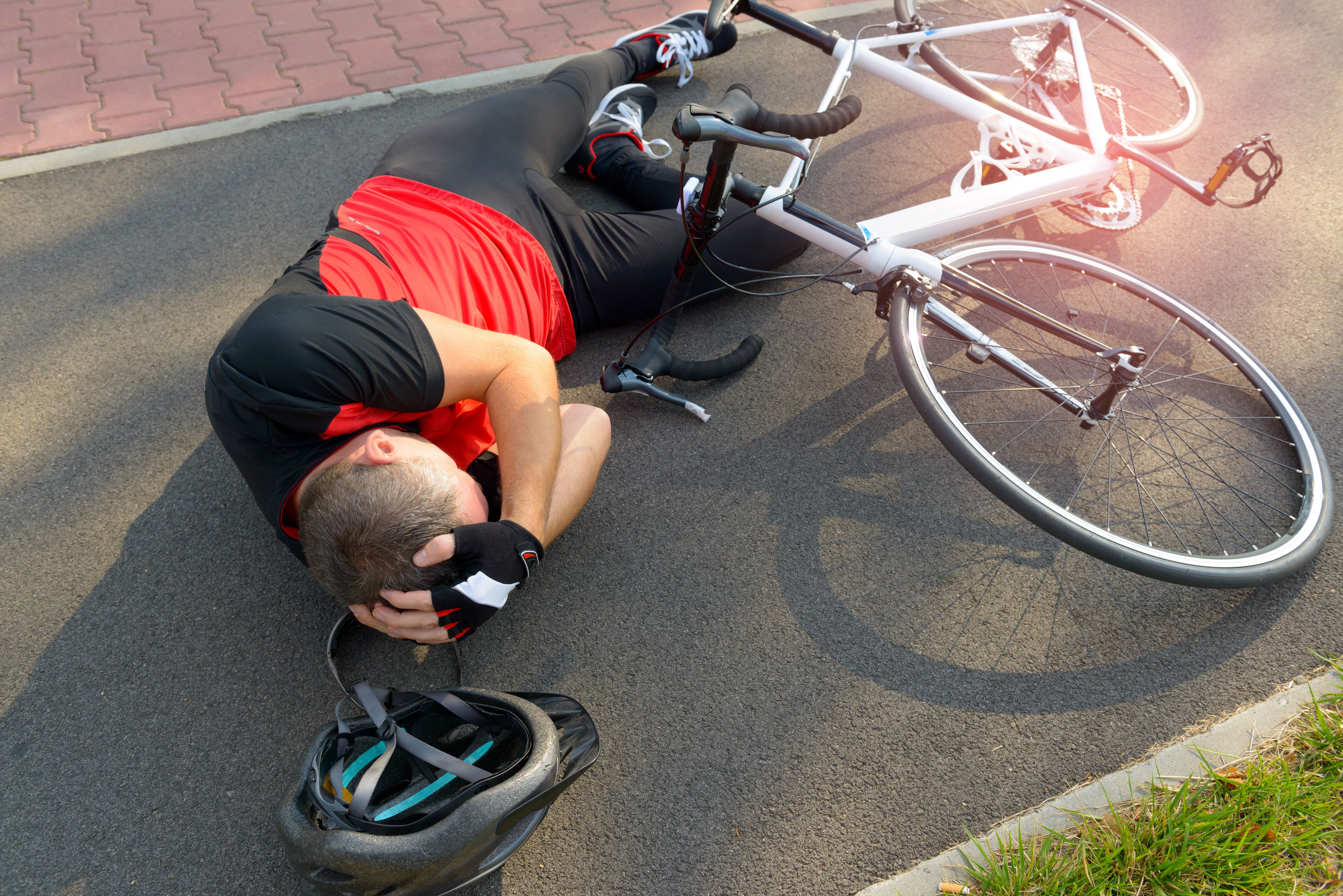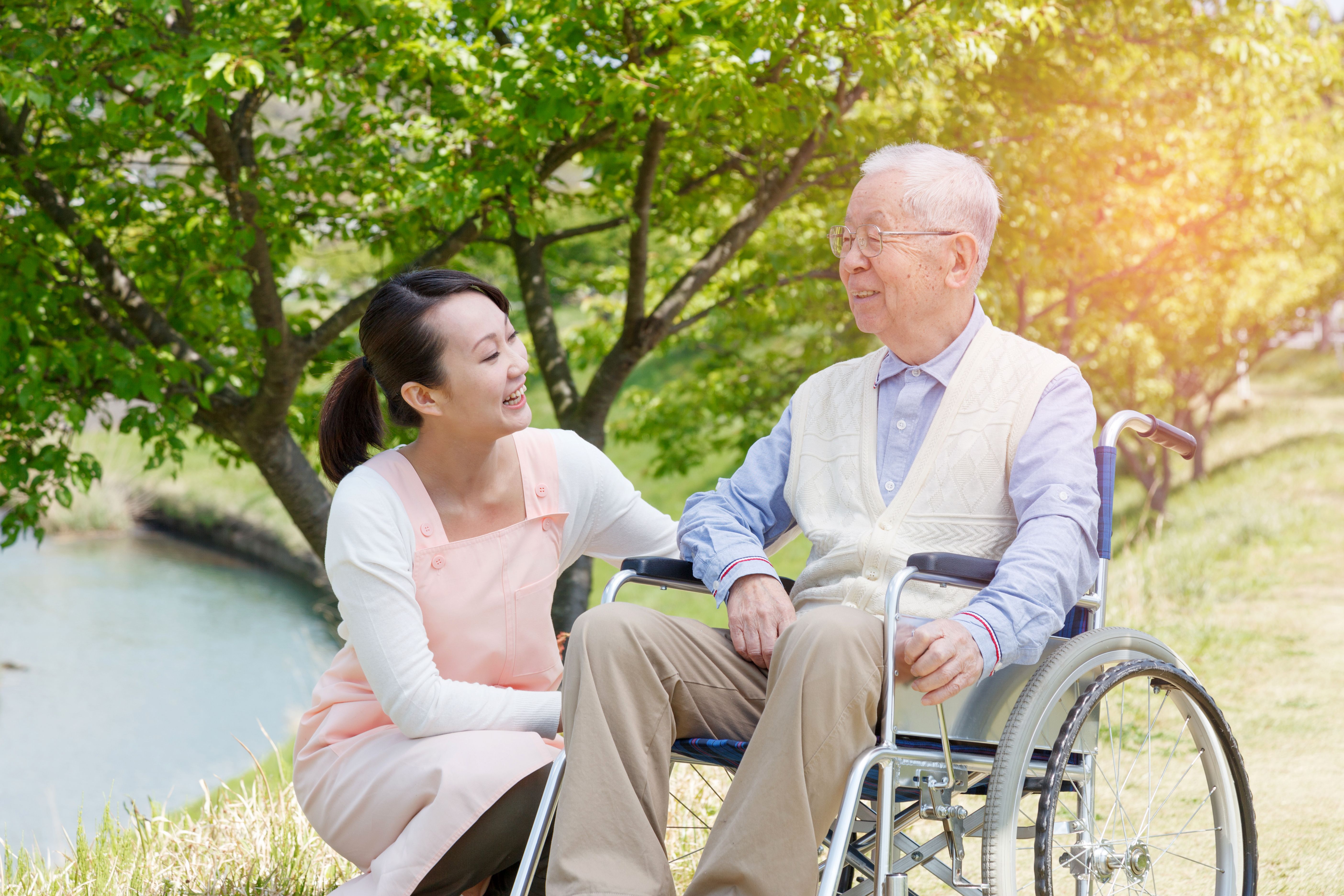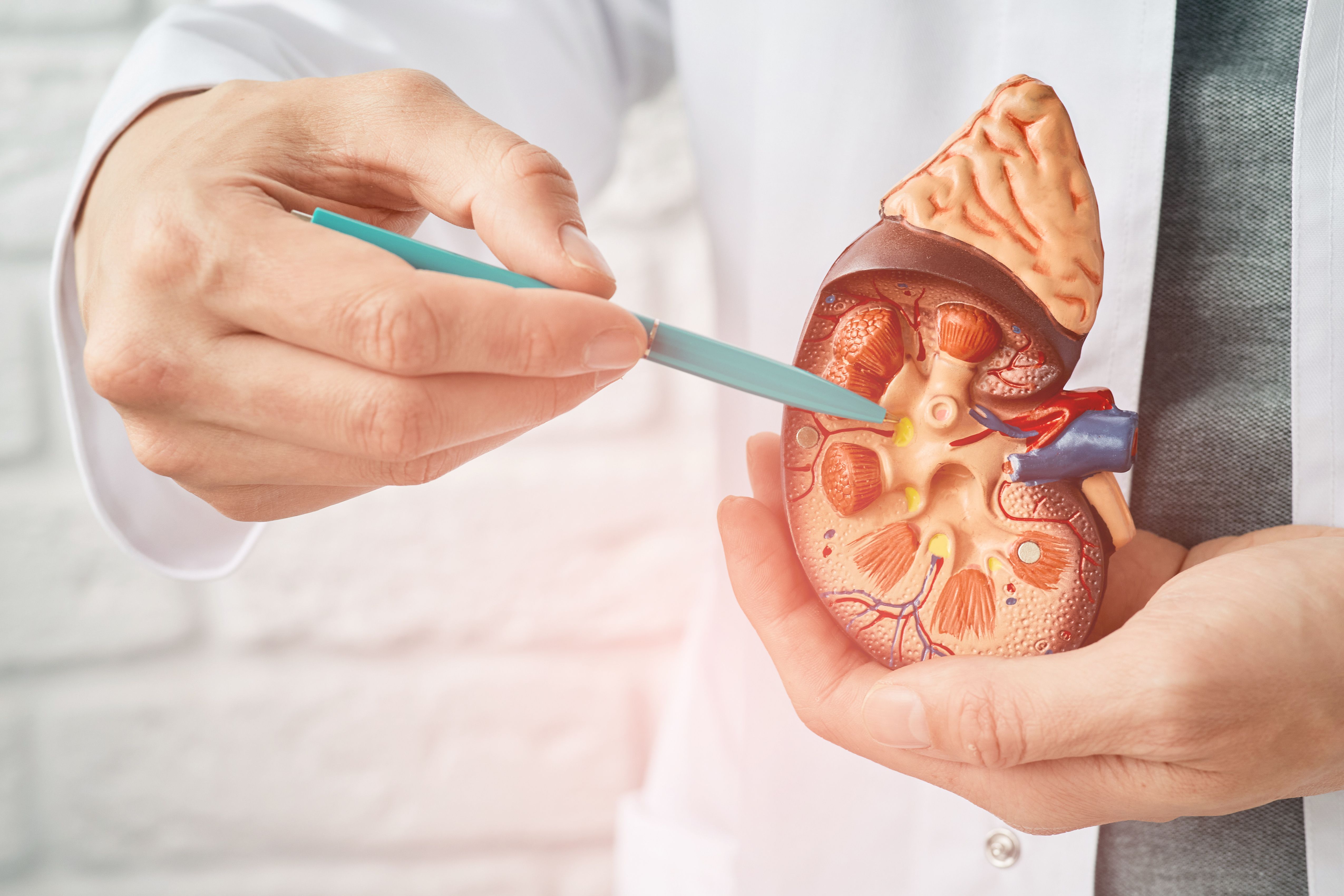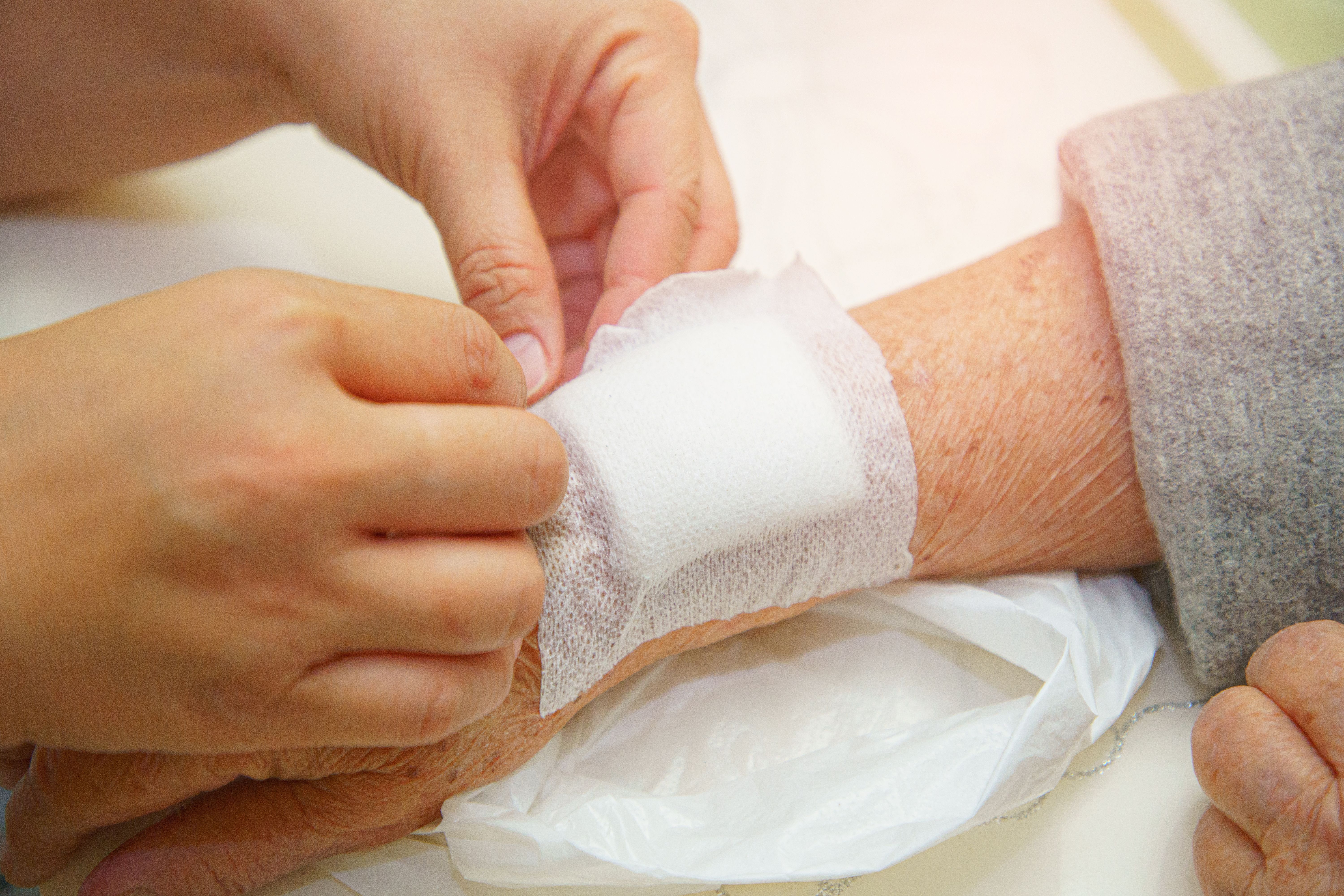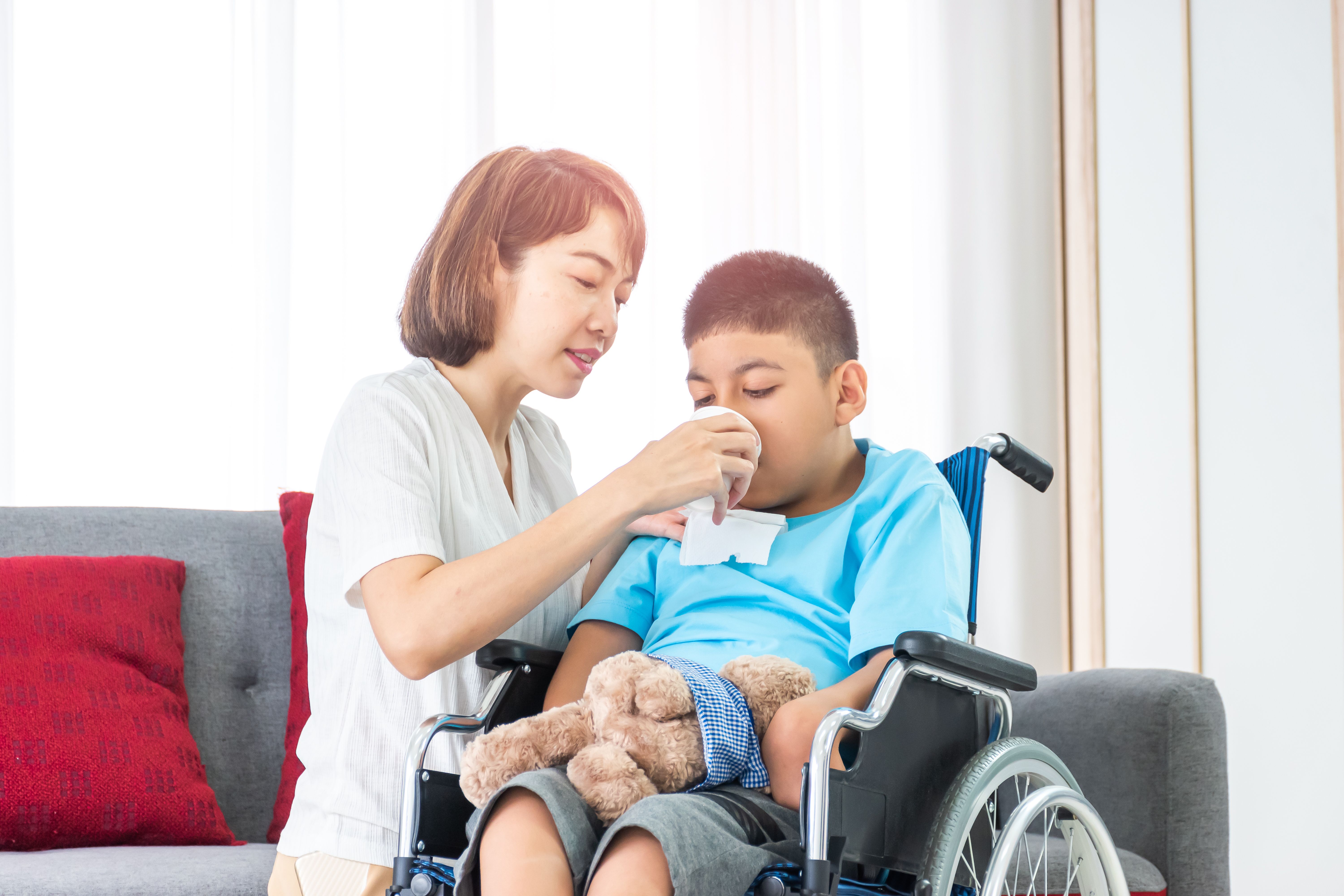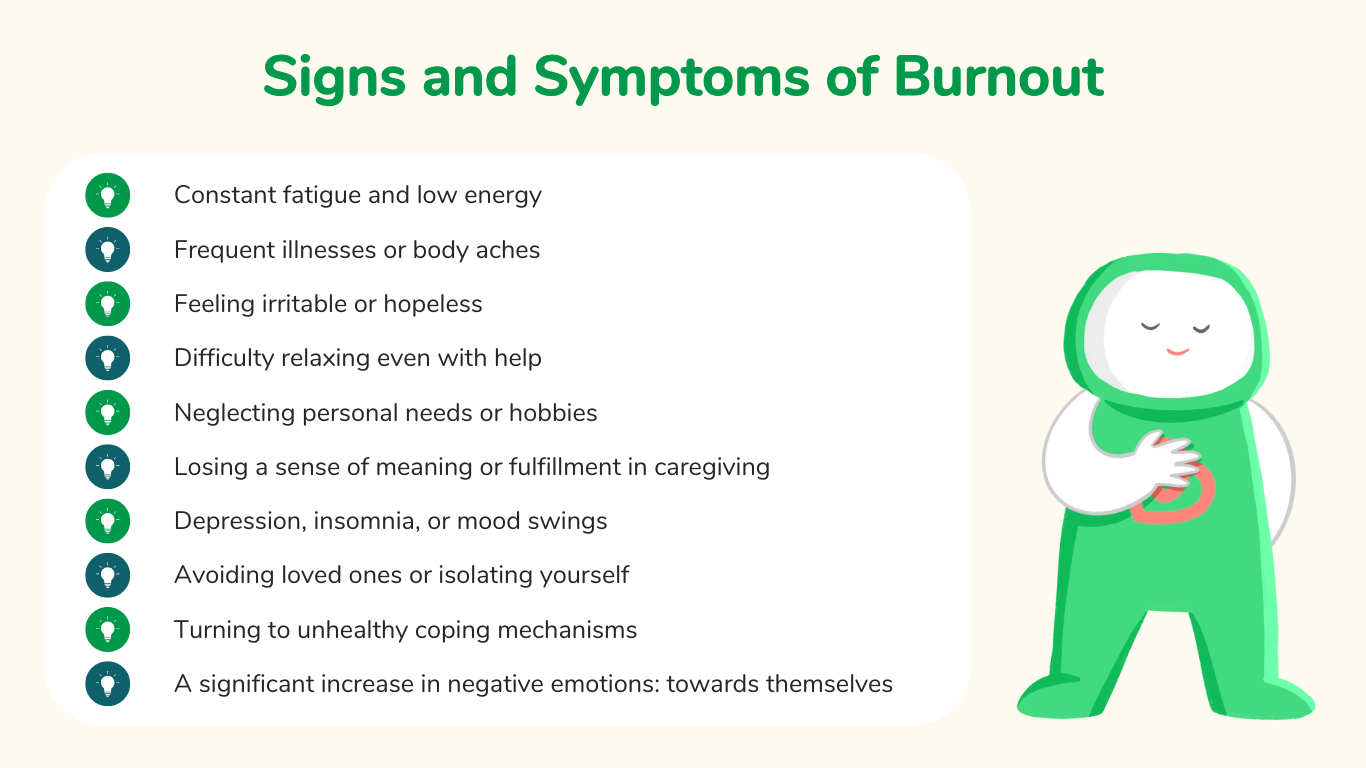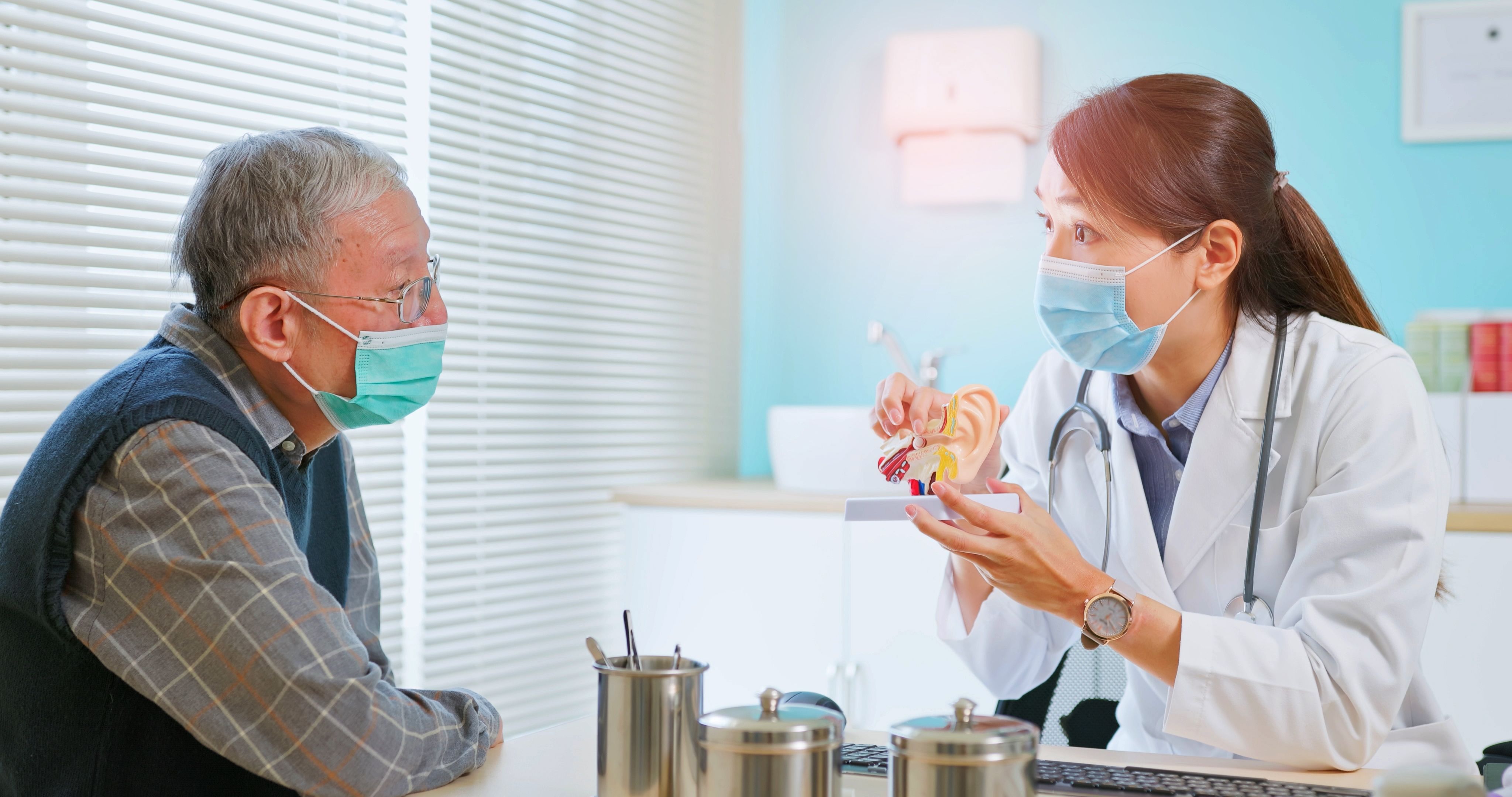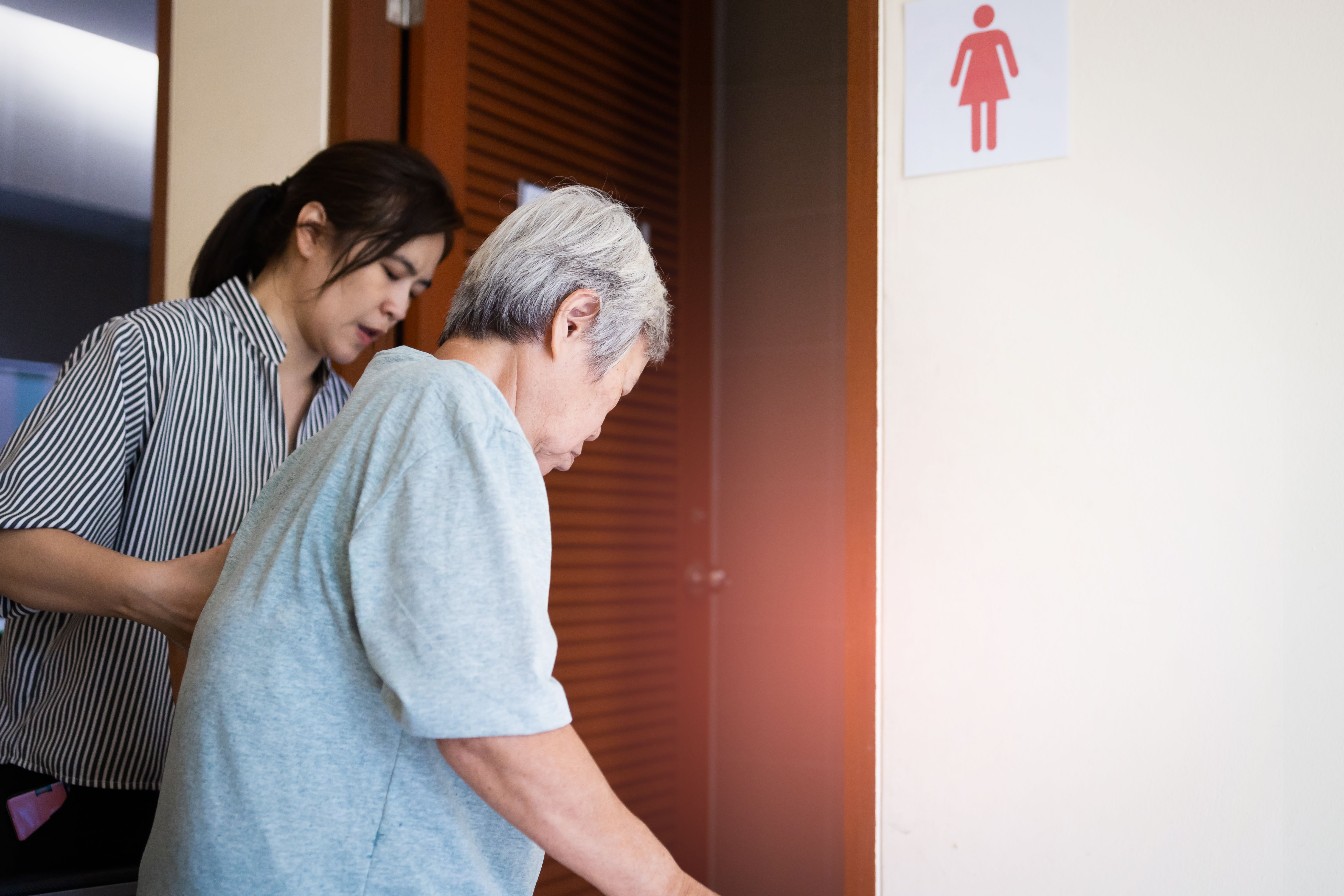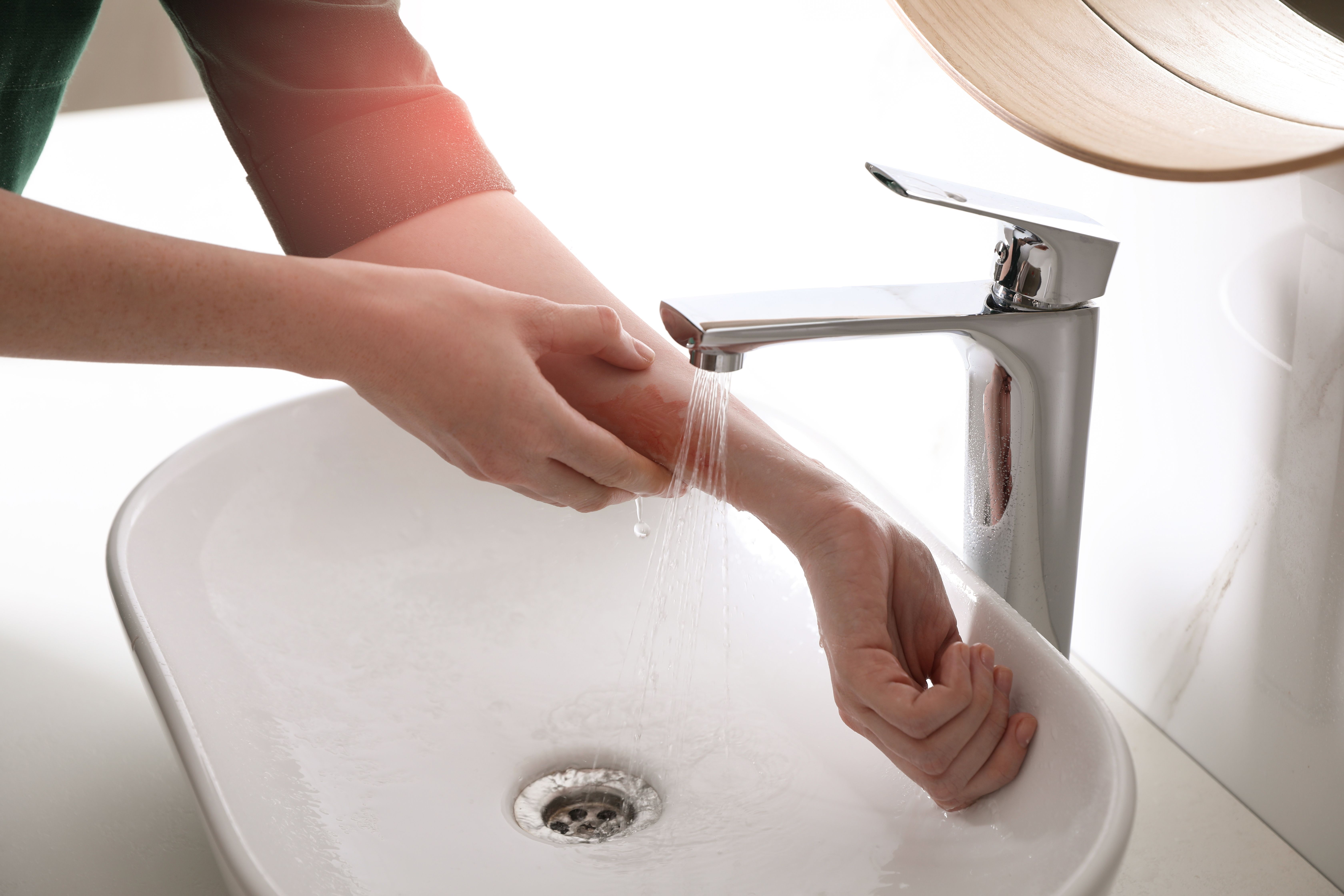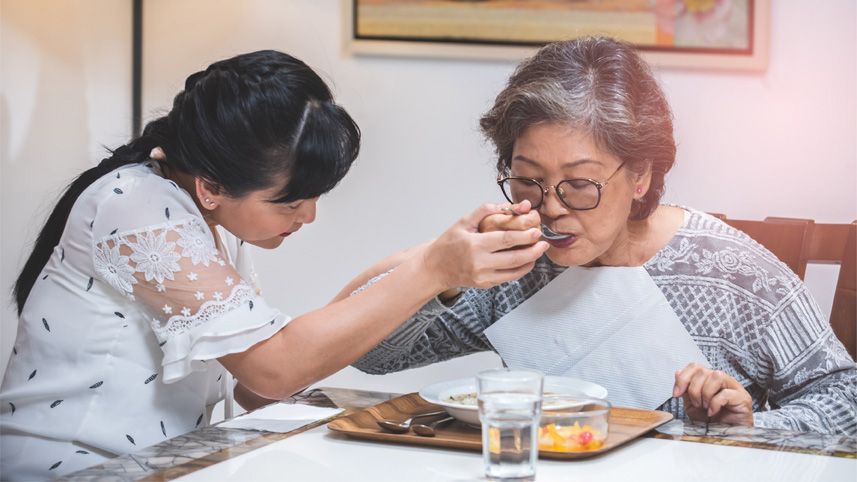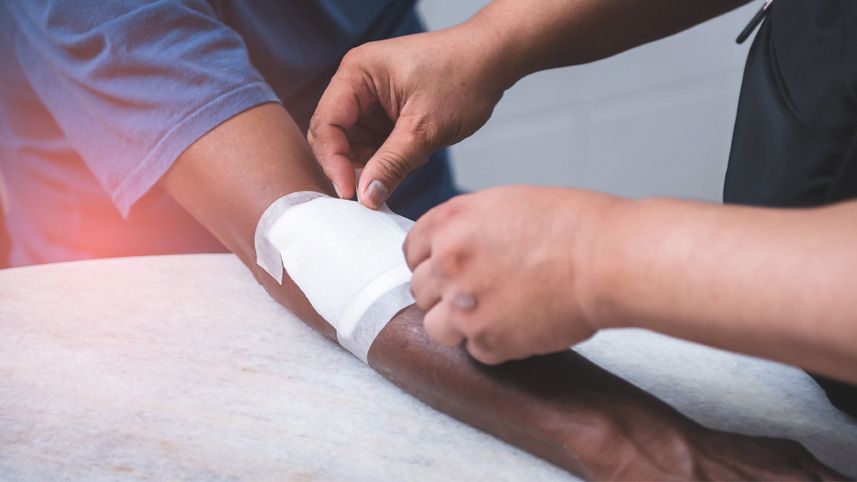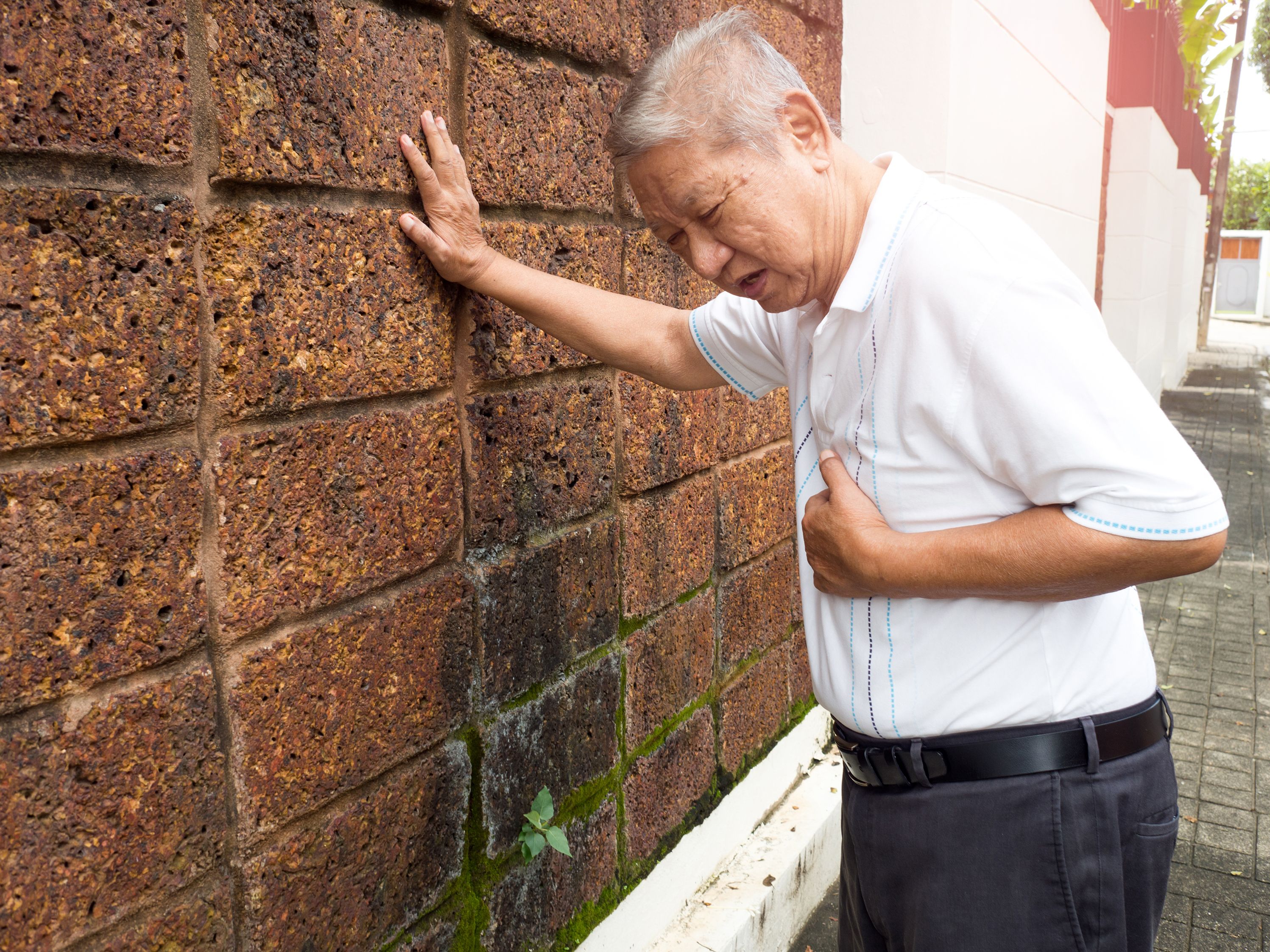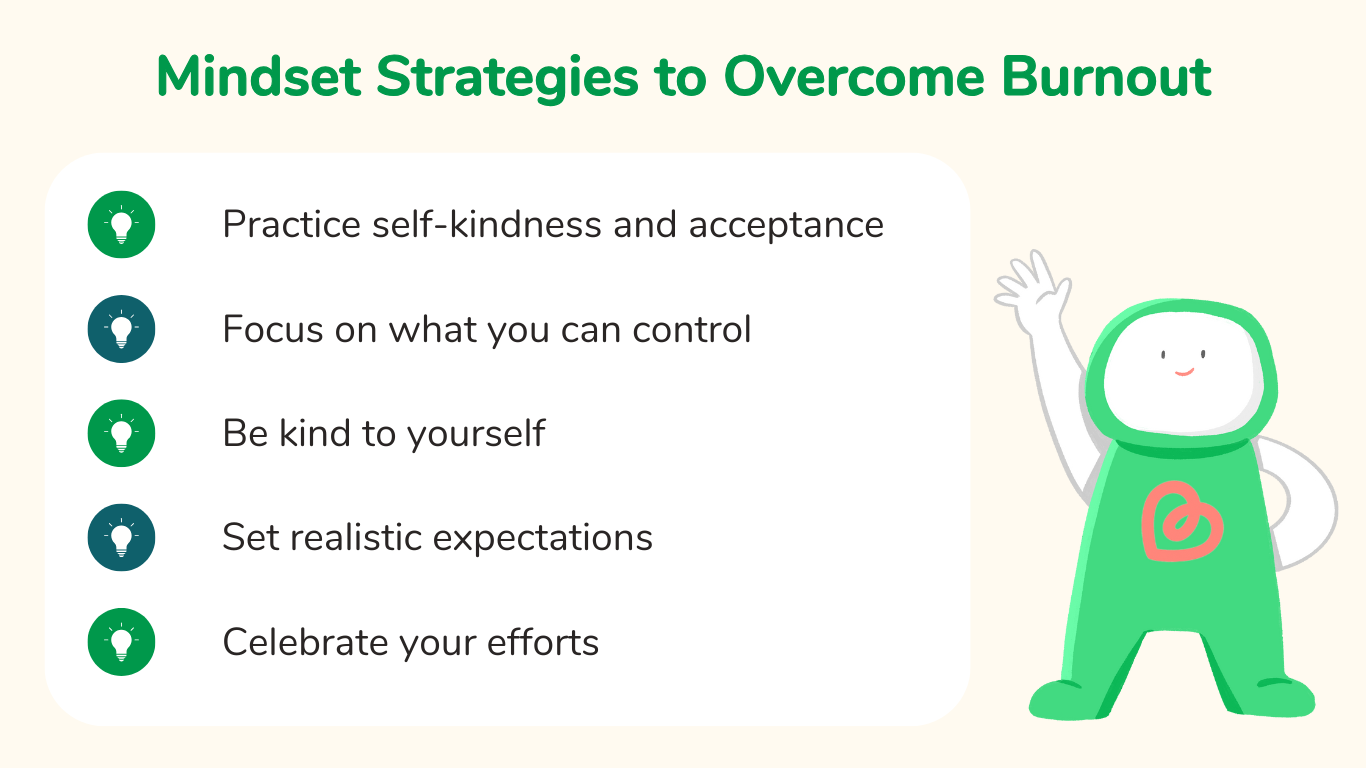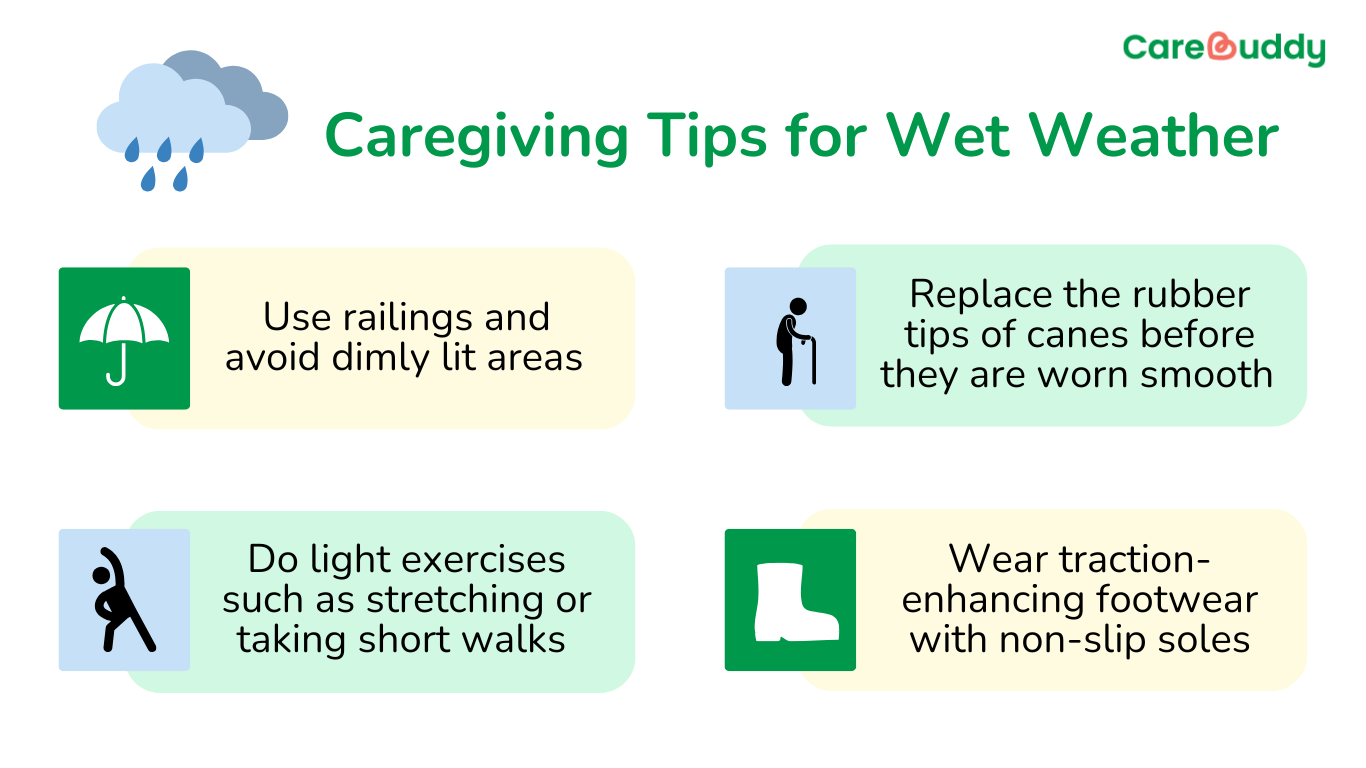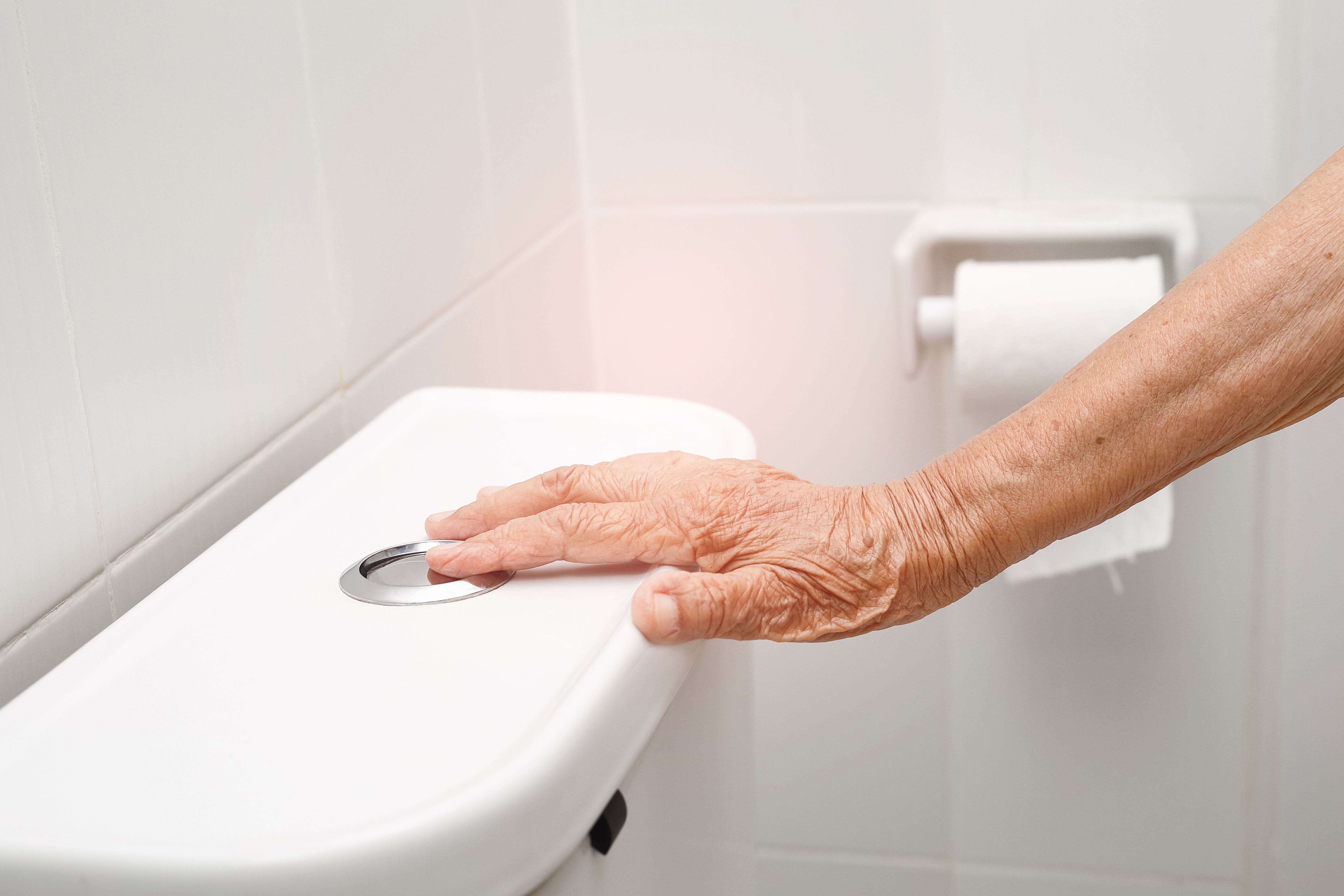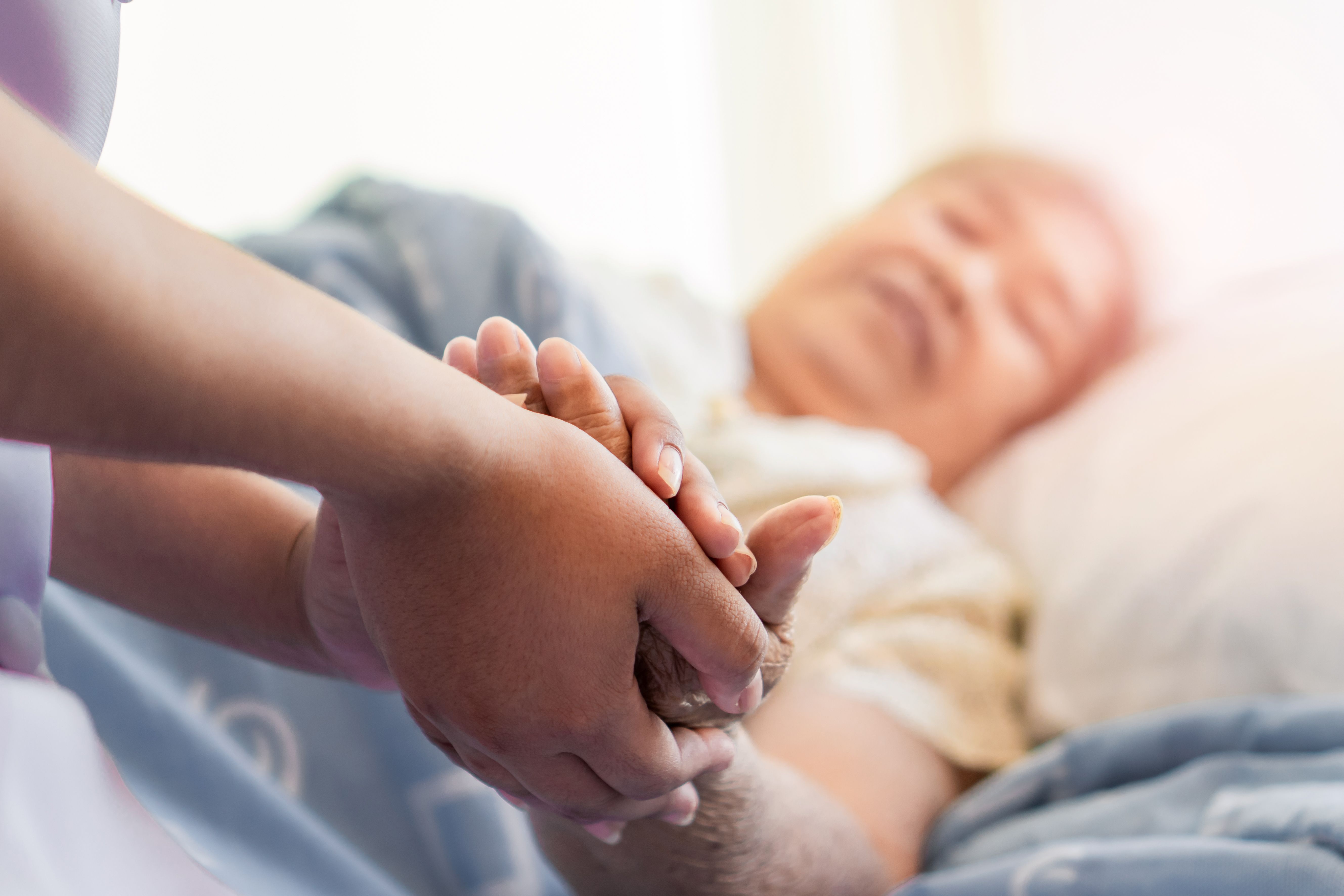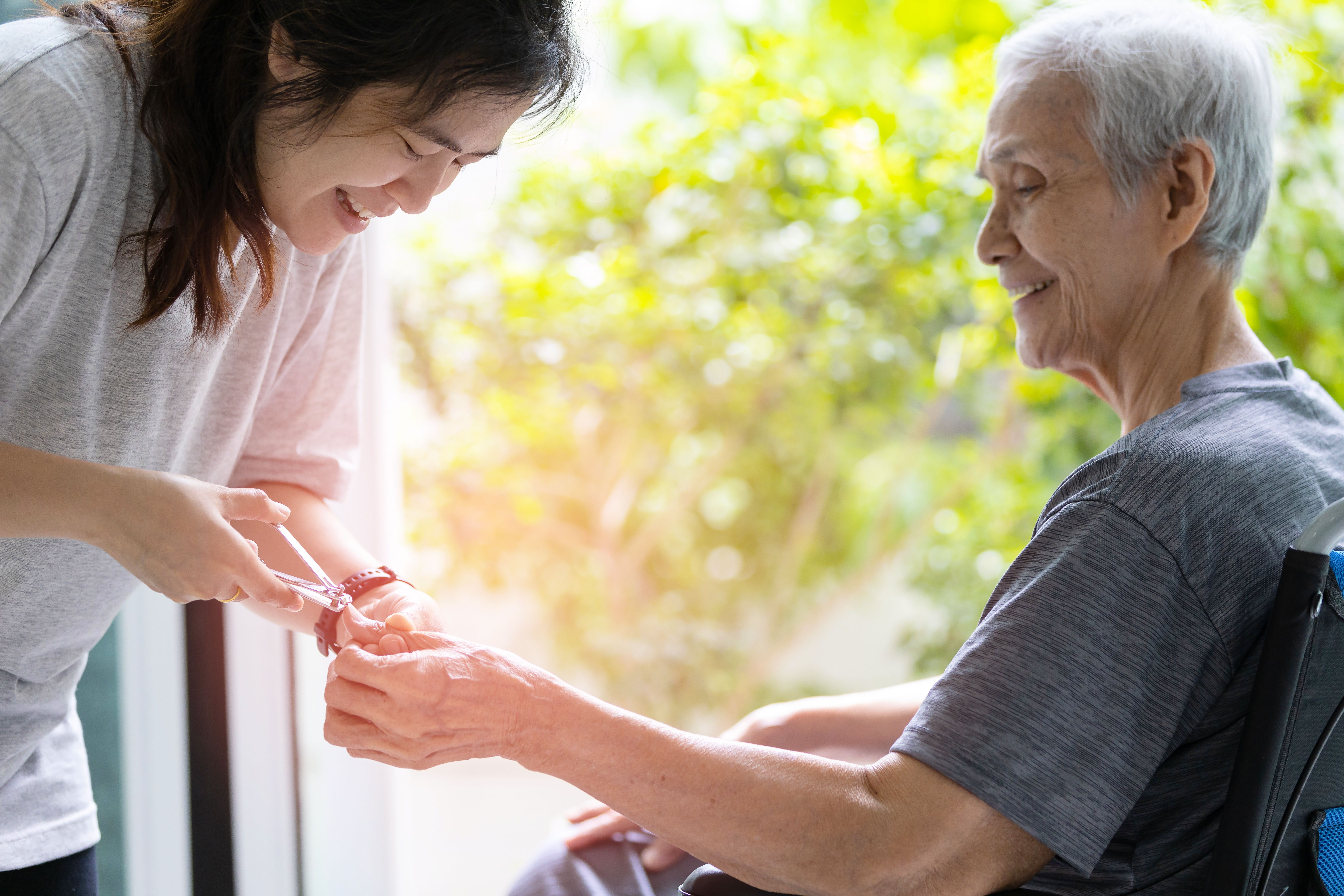Maintaining oral hygiene of care receivers
- CareBuddy
- 4 Mins Read
- 26 Sep 2022
- Oral Health
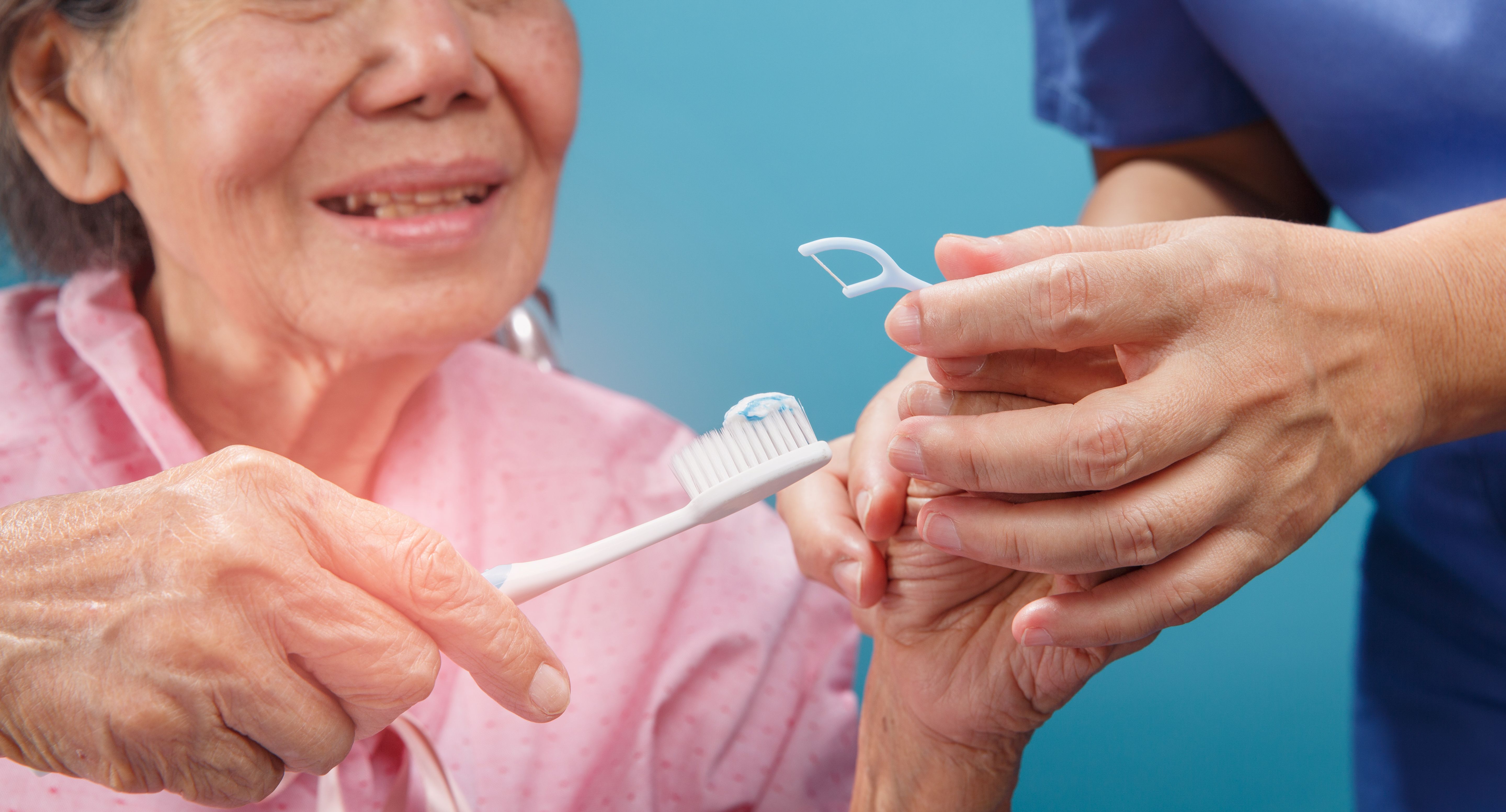
Oral hygiene is an often-neglected but always-important aspect of care. A clean mouth, teeth and gums are vital for preventing several issues such as
- Cavities in teeth
- Mouth infections
- Food particles stuck in the mouth
- Poor circulation to the gums
- Bad breath
- Bad taste in the mouth
- Reduced appetite
- Lower self-esteem
Tips for oral hygiene care
- Ensure that the care receiver brushes at least twice a day and flosses at least once.
- Don’t make them brush too often as this can wear away the tooth enamel and irritate the gums.
- Use a toothbrush with soft bristles as they are not only more comfortable but are also more effective at removing food and plaque than hard-bristle toothbrushes.
- Use a toothbrush of the appropriate size that fits the care receiver’s mouth.
- Replace the toothbrush with a new one every three or four months, or if bristles become frayed and worn out.
- Use toothpaste that contains fluoride as this removes plaque from teeth and gums and strengthens tooth enamel.
- Encourage the care receiver to rinse their mouth as this gets rid of bacteria and prevents bad breath.
- Encourage them to moisturise and lubricate lips and the mucosa (inner layer of the mouth) to prevent dry lips.
Procedure for brushing
- Place the care receiver in an appropriate position
- If care receiver is conscious, place them in the Fowler’s position
- If care receiver is unconscious, raise the bed to a comfortable working height and turn the care receiver on their side facing you.
- Wet the toothbrush and apply toothpaste.
- For an unconscious care receiver, use foam swab or sterile cotton gauze dampened in clean water or a non-alcoholic mouthwash (e.g. Oral 7®) or sodium bicarbonate oral swabs if available. Dry the oral cavity after cleaning.
- Place the toothbrush at a 45-degree angle to the gums.
- Gently move the toothbrush back and forth in short (tooth-wide) strokes.
- To clean the inside surfaces of the front teeth, tilt the brush vertically and make several up-and-down strokes.
- Brush or scrape the tongue to remove bacteria and keep breath fresh.
- Wash, rinse and dry the mouth.
- Wash, dry and return all equipment.
Procedure for denture care
Care receivers with false teeth (dentures) need these dentures to be cleaned twice a day, once in the morning before breakfast and once at bed time.
- Place the care receiver in Fowler’s position.
- Wear gloves.
- Place paper towel and kidney dish under care receiver’s chin to prevent soiling of clothing.
- Ask the care receiver to remove their dentures. If they are not able to, assist them. Remove the upper denture first followed by the lower one.
- Place the dentures in a clean denture cup.
- Prepare mouth wash (e.g. thymol gargle) in a cup in the ratio of 1:3 (1 part of mouth wash and 3 parts of water)
- Ask the care receiver to rinse their mouth with the mouth wash and spit it into the kidney dish.
- Wipe the mouth with a towel.
- Place the care receiver in a comfortable position.
- Inform the care receiver that you are going to wash his denture.
- Fill a clean sink with 3-4 inches (8 to 10 cm) of cool water and place a clean washcloth on the bottom of the sink. This will prevent the dentures from breaking if they are dropped.
- Wet the toothbrush and apply toothpaste.
- Thoroughly brush the dentures on all sides.
- Rinse the dentures in cool running water and place them in a clean denture cup. Don’t rinse or soak them in hot water as this can cause them to bend.
- Return the dentures to the mouth of the care receiver with the upper denture returned first. If the care receiver doesn’t intend to wear them immediately, store them in a clean denture cup filled with cool water or with denture solution and mark them with the care receiver’s name and IC.
- Remove, clean and return the equipment.
- Remove gloves and wash hands.
Article reviewed by David Tay, Senior Principal Educator (Nursing and Prehospital Care), HMI Institute.


